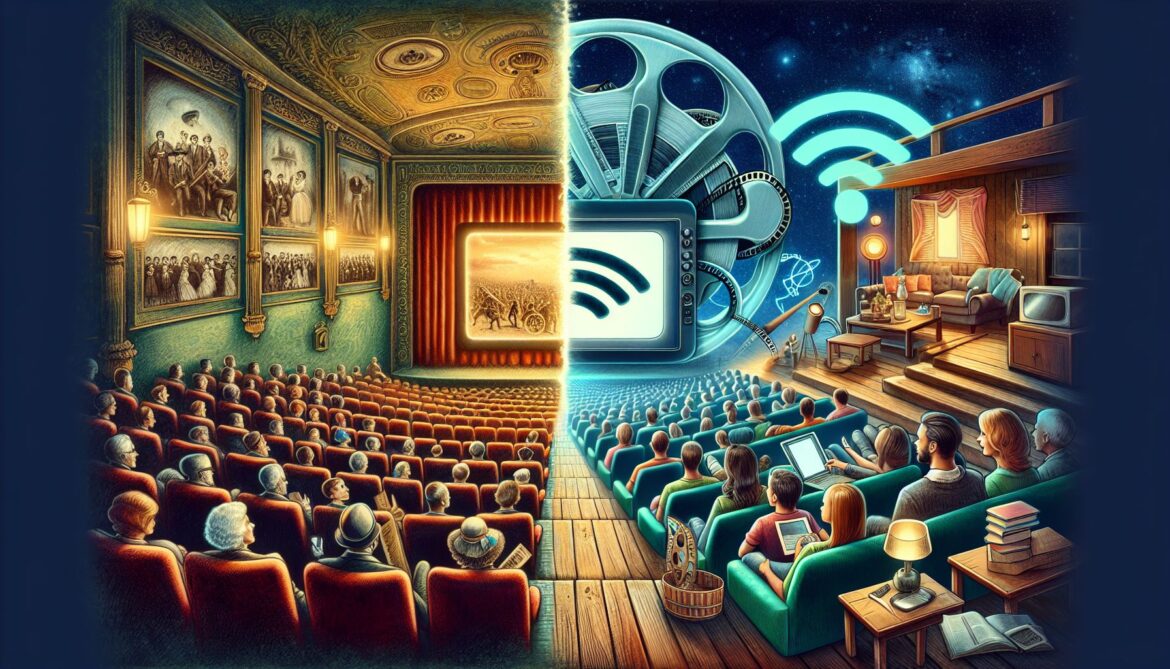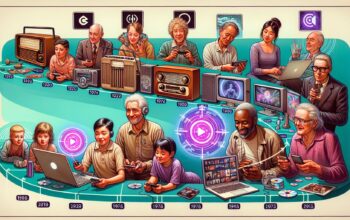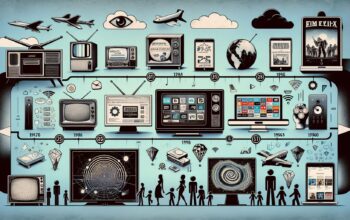
As the saying goes, adapt or perish. In the entertainment world, this idiom encapsulates the transformative journey from traditional forms of media such as broadcast television and movie theaters, to the revolutionary rise of streaming services. The enormity of this change is more than just a shift in technology; it’s a fundamental reshaping of how we consume entertainment.
Streaming services have remodeled the contours of the entertainment culture, offering viewers an au courant array of options and transforming the very idea of ‘watching a film’. While previously, the only recourse was round-the-corner multiplexes, now one can browse through a multitude of choices, in genres beyond the imagination, on personal devices. The advent of streaming services has provided unprecedented convenience, altering not just our viewing experiences but our living habits as well.
Netflix, Amazon Prime Video, and Disney+ have emerged as giant players in this new paradigm. Initially introduced as mediums to stream existing effort, they’ve expanded their dominion by investing billions of dollars into the creation of original content.
Netflix’s trend-setting move to produce its own shows such as “House of Cards” or “Stranger Things” proved to be a resounding success, winning accolades and viewer loyalty. Amazon and Disney followed suit, fostering a spectacular rise in online viewership and democratizing the access to global content. An added dimension to this evolving trend is the infusion of foreign language series and films, breaking down long-standing language barriers in entertainment.
Traditional media formats faced a considerable challenge adapting to this shift. Broadcast television networks battled dwindling viewer numbers as younger audiences, captivated by the allure of streaming platforms, slowly tuned out. Movie theaters, already juggling high operational costs and competition, encountered stiffer challenges as film enthusiasts found alternative and affordable methods to experience cinema.
Regrettably, the onset of the COVID-19 pandemic added fuel to this fire. As people across the world retreated into their homes, the need for hassle-free and pandemic-safe entertainment skyrocketed. Streaming platforms rose to the occasion, releasing films and series directly on their platform bypassing theaters, resulting in subscription surges and higher viewership.
Now, the question is no longer “What’s on TV tonight?” but rather “What should we stream?” Streaming services are becoming an intrinsic part of our daily lives, going beyond entertainment and evolving as a new form of social interaction. Things as simple as watching a movie are no longer solitary activities, but a communal experience with people across the globe through features such as Netflix Party.
The transformation heralded by streaming services is more than just a technological marvel. It’s a sociocultural phenomenon that’s changing the very fabric of entertainment consumption. From late-night binge-watching to virtual movie nights, streaming has transcended cultural and geographical boundaries, enabling a global community of viewers.
To reflect upon it, from cave paintings to digital screens, storytelling has always been an essential part of our existence. Streaming services have emerged as the new-age fireside around which we gather, sharing laughs, gasps, and tears alike. The advent of streaming and its consequent boom is not just another phase in the history of entertainment, it is a discernible marker of societal evolution, closely knitted with our progressively digital lives. So here’s to the dawn of a new epoch in entertainment, one stream at a time!



